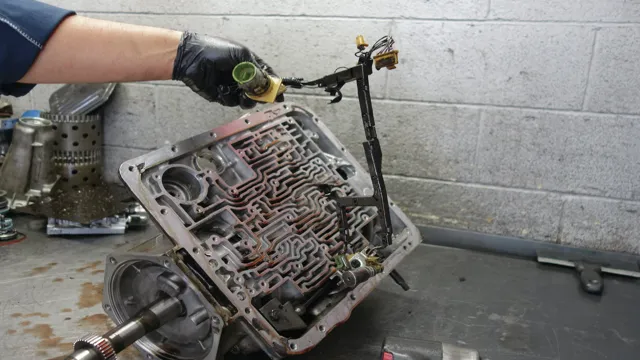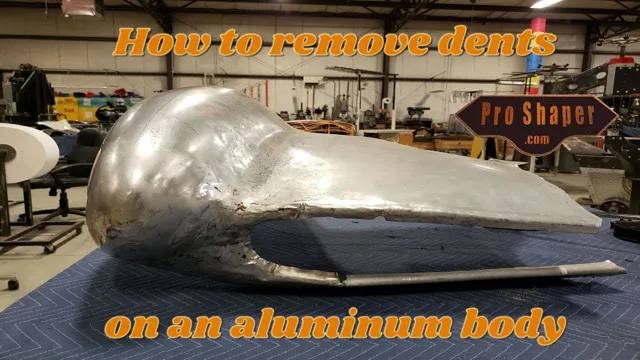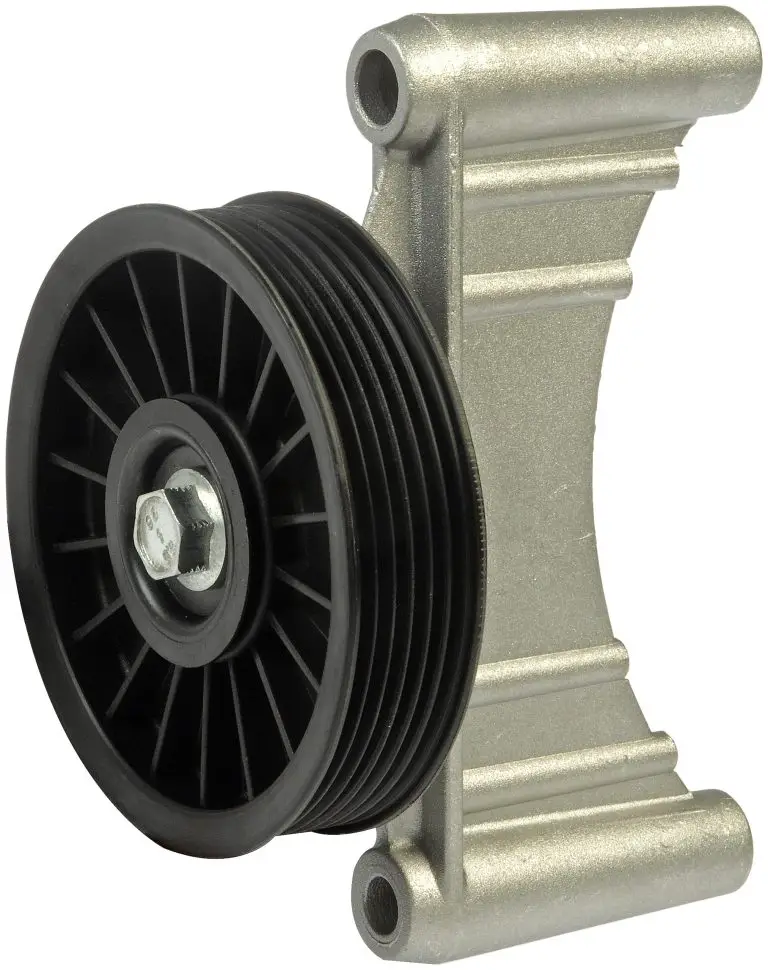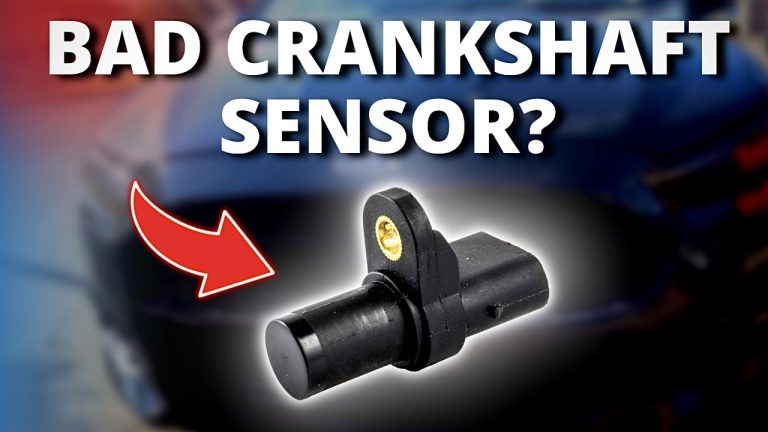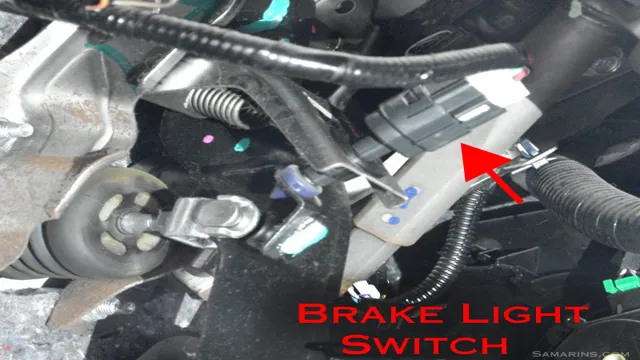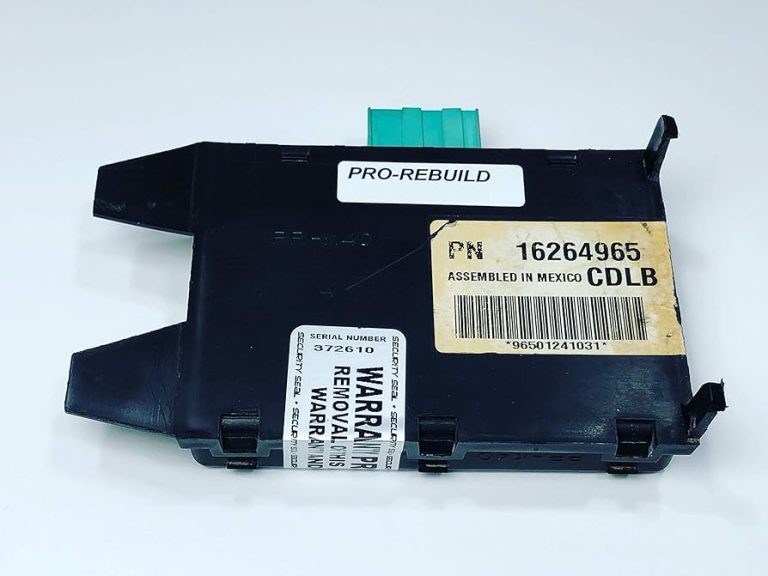Mastering the Art of Removing Air from Your Heater Core: A Step-by-Step Guide!
Have you ever sat in your car on a cold winter morning only to find that the heater doesn’t seem to be working? You turn the knob to full blast and wait for warm air to flow, but instead, you’re greeted by a stream of frigid air. Frustrating, isn’t it? Well, the reason for this could be that air is trapped in the heater core. The good news is, it’s not a major issue, and you can solve it yourself without having to spend money on a mechanic.
In this post, we’ll cover everything you need to know about getting air out of your heater core and how to fix it. So let’s dive in.
Identify the Symptoms of Air in the Heater Core
If you’re experiencing cold air coming out of your car’s heater, it’s likely that there’s air in the heater core. This can happen when the coolant level in your car’s radiator drops significantly and air is sucked into the system. Other symptoms of air in the heater core include fluctuating temperature, gurgling noises coming from the dashboard, and a sweet smell of coolant inside the car.
To get air out of the heater core, you’ll need to perform a process called “bleeding” or “burping” the cooling system. This involves opening up the radiator cap, running the engine, and gradually adding coolant until all the air bubbles are expelled. It’s crucial to follow the instructions in your car’s manual and take safety precautions such as allowing the engine to cool down before opening the radiator cap.
By performing this procedure, you can restore the proper function of your car’s heating system and enjoy a warm, comfortable ride again.
Weak Heat Output
If your car’s heaters are blowing out weak heat, it could be due to air trapped in the heater core. This happens when air gets trapped inside the coolant system, preventing the hot water from reaching the core and heating up the air. The symptoms of trapped air in the heater core include weak heat output, strange noises, fluctuating temperatures, and sometimes no heat at all.
You may also notice that the engine overheats or that the coolant levels are dropping rapidly. If you experience any of these symptoms, it’s essential to identify the problem as soon as possible. To do this, you need to check the coolant levels, bleed the coolant system, and inspect the heater core for any cracks.
Once you identify the problem, you can take the necessary steps to fix it, ensuring that your car’s heating system works efficiently during the winter.
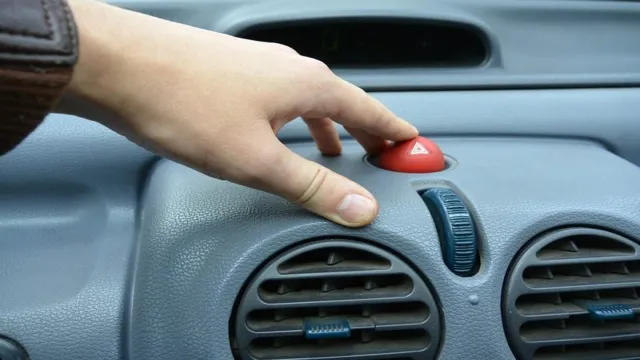
Gurgling or Bubbling Sounds from the Dashboard
If you’re hearing gurgling or bubbling sounds coming from your car’s dashboard, you might have air in the heater core. The heater core is a key component of your car’s heating system, and it circulates hot coolant to warm the air that is blown into your car’s cabin. Air can get trapped in the heater core for a variety of reasons, such as low coolant levels or a malfunctioning heater control valve.
When this happens, you might notice strange noises or reduced performance from your car’s heating system. To fix this issue, you’ll need to bleed the air out of the system and make sure that everything is functioning properly. It’s important to address this issue as soon as possible, as air in the heater core can lead to reduced heating performance and other issues over time.
Method 1: Coolant Refill
If you’re wondering how to get air out of your heater core, one of the methods you can try is coolant refill. Start by turning off the vehicle’s engine and allowing it to cool down completely. Then, locate the coolant reservoir and check the coolant level.
If it’s low, add more coolant until it reaches the recommended level. Next, look for the bleeder valve on the highest point of the coolant system (usually located near the radiator), and open it using a wrench or pliers. Once open, let the air and coolant mixture flow out until only coolant comes out of the valve.
Repeat this process until there’s a steady stream of coolant coming out of the bleeder valve. Once done, close the valve and top up the coolant reservoir to ensure it’s at the recommended level. This method may take some time, but it’s a simple and cost-effective way to remove air from the heater core and prevent any heating issues.
Park the Car on a Level Surface
When it comes to maintaining your car’s engine, one of the most essential tasks is to refill the coolant. But before you do so, it’s imperative to park your car on a level surface. A flat and stable surface ensures that the engine is at a horizontal level, allowing you to accurately assess the coolant levels.
Any slope or incline can skew the readings and make it difficult to determine the correct amount of coolant required. Moreover, parking your car on an uneven surface can also increase the risk of spills or leaks, leading to potentially hazardous situations. Therefore, always select a level surface before trying to refill the coolant in your car.
By taking this simple measure, you can ensure the longevity and safety of your car’s engine, reducing the need for costly repairs in the future.
Locate the Coolant Reservoir and Open the Cap
So you’ve realized it’s time to refill your engine coolant, but you’re not quite sure where to start? Don’t worry, you’re not alone! One of the first things you’ll need to do is locate the coolant reservoir, which is usually a small, semi-transparent tank located near the radiator. The cap may be labeled with “coolant” or “engine coolant,” and it typically has a pressure-release valve built-in. Once you find the cap, make sure the engine is cool before attempting to remove it – otherwise, you could be sprayed with hot coolant! Slowly unscrew the cap (turn it counterclockwise) and watch for any signs of pressurization.
If there is pressure, stop and wait for it to release before continuing. Once you have the cap off, you can inspect the coolant level and color – a healthy coolant should be bright, clean, and non-corrosive. If the coolant is low, you can add a premixed coolant solution to the reservoir until it reaches the “full” line.
Be sure to recap the reservoir tightly to prevent any leaks or spills. Now you’re ready to top off the engine coolant, keeping your car running at a safe and efficient temperature!
Squeeze the Radiator Hoses to Remove Trapped Air
If you are experiencing trapped air in your vehicle’s cooling system, you may want to try the “squeeze the radiator hoses” method to eliminate the air pockets. This method is commonly used during a coolant refill. Here’s how you do it: After you have filled the system with coolant and reinstalled the radiator cap, start the engine and let it run for a few minutes.
While the engine is running, squeeze the upper and lower radiator hoses to help push out any trapped air in the system. The hoses should feel firm as you squeeze them, indicating the absence of air pockets. Once you have squeezed the hoses a few times, you should see any remaining bubbles rise to the top of the coolant reservoir.
You can then add more coolant if needed and repeat the process until no more bubbles appear. This method can ensure that your vehicle’s cooling system is free from trapped air and operating efficiently.
Method 2: Thermostat Test
Getting air out of the heater core can seem intimidating, but there’s an easy way to do it by testing the thermostat. First, locate the thermostat housing on your engine and remove the thermostat. Then, take off the radiator cap and turn the heater on high.
Allow the engine to run until the coolant begins to circulate and the thermostat opens up. Once this happens, air bubbles should start coming out of the radiator and the heater core. Let the engine run for a little while longer and top off the coolant level if necessary.
Finally, reassemble the thermostat and radiator cap and check the heat output to ensure that the air has been successfully removed. Using this method allows you to easily remove any pesky air bubbles that might be trapped in the heater core.
Remove the Thermostat Cover
If you want to check if your thermostat is working correctly, one of the most straightforward methods is to remove the thermostat cover. But, before you do that, make sure to turn off the power to the thermostat at the main breaker panel. When the power is off, use a screwdriver to remove the cover and expose the wiring.
Check if the wiring looks loose or corroded, and if it does, tighten the connections or clean the corroded parts. Then, turn the power back on and observe the thermostat. If the thermostat turns on and off as you adjust the temperature, it’s working correctly, and you can replace the cover.
However, if it doesn’t respond, you might need to replace the thermostat. This simple method can save you time and money, as you can easily diagnose if your thermostat needs to be fixed or replaced.
Check the Thermostat for Proper Functioning
If you’re experiencing issues with your HVAC system not heating or cooling properly, it may be time to check the thermostat for proper functioning. One way to test your thermostat is by adjusting the temperature settings and seeing if the HVAC system responds accordingly. Start by setting your thermostat to a temperature that is higher or lower than the current room temperature, depending on whether you are checking the heat or air conditioning.
After a few moments, you should hear your HVAC system turn on or off to adjust to the new temperature. If your HVAC system does not respond, it may be time to replace your thermostat. Additionally, if your thermostat is outdated, it may not be compatible with newer HVAC systems and can cause issues with proper functioning.
Don’t let a faulty thermostat impact your home’s comfort – take the time to ensure it’s working properly.
Method 3: Bleed Valve
If you’re having trouble with your car’s heating system, it could be due to air trapped in the heater core. One way to get rid of this air is by using the bleed valve method. This involves locating the heater bleed valve, which is usually located near the heater core or on the coolant pipe leading to it.
Once you’ve found it, open the valve and let the air escape until coolant begins to pour out instead. Then, tighten the valve and turn the engine back on to circulate the coolant. This will help to push any remaining air out of the system.
By using the bleed valve method, you’ll be able to maintain a strong and efficient heating system that keeps you warm on even the coldest of days. So, if you’re struggling with air in your heater core, give this method a try and see the difference it makes.
Locate the Heater Core Bleed Valve
When it comes to bleeding the heater core in your vehicle, using the bleed valve is a popular option. To locate the bleed valve, you’ll need to consult your vehicle’s owner’s manual as the location can vary depending on the make and model. Generally, it can be found on the heater core inlet or outlet.
To bleed the heater core using this method, start by turning off the engine and allow it to cool down completely. Next, locate the bleed valve and open it using a wrench or pliers. Have a container or pan in place to catch any coolant that may come out.
Then, turn on the engine and allow it to run until coolant begins to flow out of the bleed valve. Tighten the valve and top off the coolant as needed. This process helps remove any air pockets from the heater core and ensures optimal heating performance in your vehicle.
So, the next time you need to perform maintenance on your heater core, consider using the bleed valve to get the job done right.
Open the Bleed Valve and Release the Air
When you notice your air compressor isn’t delivering the pressure you need, it’s possible that trapped air is hindering performance. Fortunately, the process of bleeding the air out of your compressor is straightforward. Begin by locating the bleed valve, which is usually located near the tank’s drain valve.
Then, open the valve slowly, allowing air to escape. Keep an eye on the tank’s pressure gauge and pay attention to any hissing or sputtering sounds. Once the air is expelled, close the valve and wait for the compressor to stabilize.
If the pressure level is still below the desired level, repeat the process until you achieve the desired pressure. With this method, you’ll be back to your projects in no time!
Conclusion
In conclusion, getting air out of your heater core can be a frustrating and time-consuming process. But fear not! With a little patience and some clever tricks up your sleeve, you can get that warm air blowing again. Remember to always start with the basics like checking your coolant levels and flushing the system.
And if all else fails, don’t be afraid to improvise – sometimes the most effective solution is the one you come up with on the fly. Happy heating!”
FAQs
What are the symptoms of air in a heater core?
The symptoms of air in a heater core include poor heating performance, decreased airflow, and strange noises from the heating system.
How can I tell if there is air in my heater core?
You can tell if there is air in your heater core by feeling for cool air coming from the heating vents when the heat is on full blast.
What causes air to get trapped in a heater core?
Air can get trapped in a heater core due to improper bleeding of the cooling system, a malfunctioning water pump, or a clogged radiator.
How do I get air out of my heater core?
To get air out of your heater core, park your vehicle on a level surface, turn the heater on full blast, and let the engine run for several minutes while checking the coolant level periodically. You may also need to remove the radiator cap to allow any trapped air to escape.


